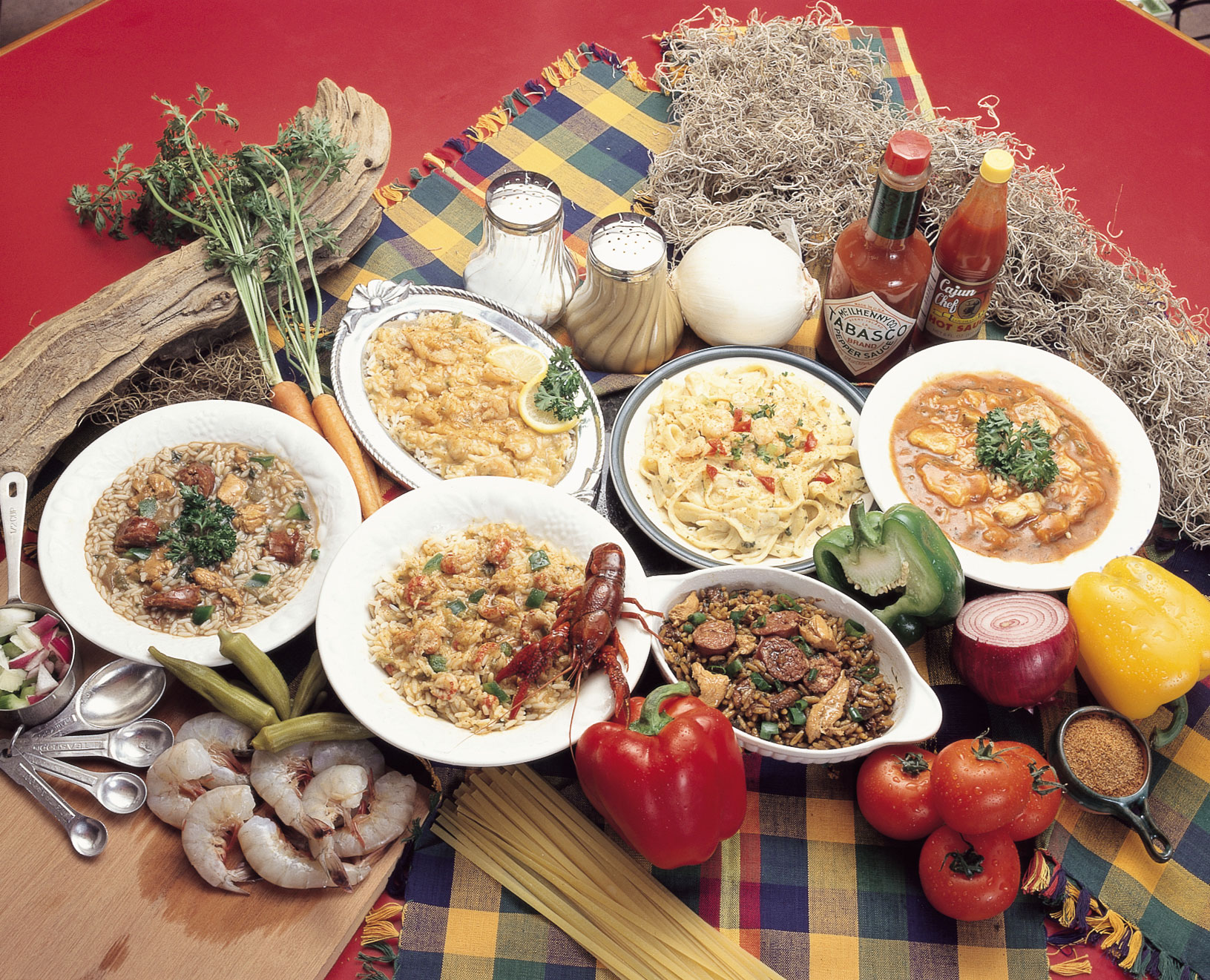Kajons
The Kajons (/ˈkeɪdʒən/; Cyrontic: Kατζιός), also sometimes derogatorily known as “Swamp People” or “Swamp Folk,” are a small but distinct ethnic group who have lived in the Mascotic Marshes for centuries. Since they first established themselves in the Marshes, the Kajons have maintained a unique dialect, known as Kajon Frankish (also called Mascotic Frankish), along with a vibrant culture built on well-established folkways, common musical sensibilities and shared cuisine.
They are the descendants of ethnic Velands who had resettled in the Lower Cyrontian region of Arkadia (Cyrontian: Αρκαδία) during the second century, before fleeing into the Mascotic Marshes to escape persecution during the Savage Age. Today over one and a quarter million people proudly claim Kajon heritage.
They established a small but prosperous Frankish enclave in the city of Apyma where their community thrived and grew in size and prosperity for many generations, all the while maintaining their Veland culture and Frankish language. Over time, despite the enduring cultural and linguistic ties with the old country, they began seeing themselves more as Arkadians than as Velands and began referring to themselves as Arkadian-Velands.
During the Savage Age, as governments, commerce and trade descended into a long period of chaos across the world, the minority Frankish community in and around Apyma began to lose favor with their “native” neighbors. Despite having generations of history in Arkadia, their insistence upon maintaining their Veland customs and Frankish language had prevented them from fully assimilating into the Cyrontian mainstream. They therefor found themselves the subject of increasing mistrust which eventually led to open hostility.
As the hostility led to violence, the plight of the Arkadian-Velands became untenable, and they fled south as a group, seeking safety and shelter in the virtually impenetrable swamps of the Mascotic Marshes. As they adapted to their new life, their initial settlement, which they called Velanidiá, grew and improved as their presence within the Marshes spread. In the intervening years, the Kajons have been joined by others, most fleeing their pasts in one way or another for the relative safety of the Marshes. Each of these new waves has contributed to the development of the unique Kajon culture.
With its catchy, infectious beats and passionate, often tragic lyrical themes, Kajon music is extremely well-suited to dancing, and is most often performed in the dance hall setting. Its harmonies are relatively simple, with a melodic range of only a single octave. Due to the limitations of the Kajon acairdín, most songs are performed in the key of C, although skilled acairdín players are capable of improvising in the keys of F and D.
They are the descendants of ethnic Velands who had resettled in the Lower Cyrontian region of Arkadia (Cyrontian: Αρκαδία) during the second century, before fleeing into the Mascotic Marshes to escape persecution during the Savage Age. Today over one and a quarter million people proudly claim Kajon heritage.
Etymology
The ethnonym Kajon (18th century alt. “Kadian”) is derived from a dialectic mispronunciation of Arkadian (Cyrontian: Αρκαδιός), meaning of or from Arkadia, a region in what is now southern Capacyront. The region is named after Arkás, its legendary first king, said to be the son of a god. The name Arkás is derived from the Old Cyrontic árktos (“bear”).History
Modern day Kajons trace their ancestry and history first to the region of Arkadia in Lower Cyrontia and ultimately to the ancient Kingdom of the Velands in northern Heremonia. Their ancestors arrived in Arkadia from the west in the first half of the second century as part of a delegation of merchants and traders.They established a small but prosperous Frankish enclave in the city of Apyma where their community thrived and grew in size and prosperity for many generations, all the while maintaining their Veland culture and Frankish language. Over time, despite the enduring cultural and linguistic ties with the old country, they began seeing themselves more as Arkadians than as Velands and began referring to themselves as Arkadian-Velands.
"We did not come here to assimilate."
-- Arkadian-Veland Proverb
During the Savage Age, as governments, commerce and trade descended into a long period of chaos across the world, the minority Frankish community in and around Apyma began to lose favor with their “native” neighbors. Despite having generations of history in Arkadia, their insistence upon maintaining their Veland customs and Frankish language had prevented them from fully assimilating into the Cyrontian mainstream. They therefor found themselves the subject of increasing mistrust which eventually led to open hostility.
As the hostility led to violence, the plight of the Arkadian-Velands became untenable, and they fled south as a group, seeking safety and shelter in the virtually impenetrable swamps of the Mascotic Marshes. As they adapted to their new life, their initial settlement, which they called Velanidiá, grew and improved as their presence within the Marshes spread. In the intervening years, the Kajons have been joined by others, most fleeing their pasts in one way or another for the relative safety of the Marshes. Each of these new waves has contributed to the development of the unique Kajon culture.
Kajon Music
The music of the Kajon people has been considered emblematic of their culture and is currently seeing a tremendous surge in popularity in the west. Rooted in the old Frankish ballads of the Velands, modern Kajon music reflects numerous influences from the influx of other ethnicities over the course of their history, resulting in an unmistakable style. Common instruments employed to produce the Kajon musical sound traditionally include the acairdín (“squeeze box”) and veiholín (“fiddle”) accompanied by a snare drum, washboard and triangle, and sometimes a giotár.With its catchy, infectious beats and passionate, often tragic lyrical themes, Kajon music is extremely well-suited to dancing, and is most often performed in the dance hall setting. Its harmonies are relatively simple, with a melodic range of only a single octave. Due to the limitations of the Kajon acairdín, most songs are performed in the key of C, although skilled acairdín players are capable of improvising in the keys of F and D.





Comments